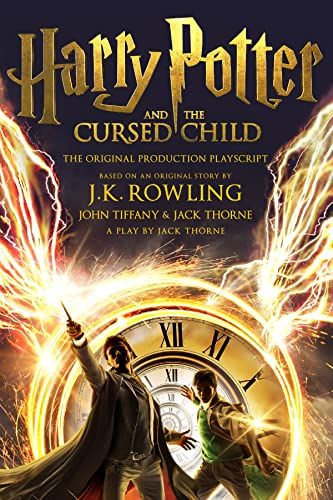
A Review of Harry Potter and the Cursed Child
Returning to the magical world of Harry Potter is much like revisiting a childhood home after many years—familiar, nostalgic, and, in some ways, slightly changed. Such is the essence of “Harry Potter and the Cursed Child – Parts One and Two,” the ambitious continuation of J.K. Rowling’s beloved series, albeit in the form of a stage play.
The Story
“The Cursed Child” propels us nineteen years into the future from where “Harry Potter and the Deathly Hallows” left us. We meet Harry, now an overworked Ministry of Magic employee, grappling with the demands of fatherhood. Central to this tale is his strained relationship with his middle child, Albus Severus Potter, who, unlike Harry, is sorted into Slytherin and befriends none other than Draco Malfoy’s son, Scorpius.
The plot takes us on a tumultuous journey involving a Time-Turner, altering the past, and exploring the ‘what-ifs’ of the wizarding world. The narrative poses challenging questions: What if Voldemort had won? What if certain key characters had never existed?
Script vs. Novel
Approaching “The Cursed Child” requires a shift in mindset for Potterheads. It’s a playscript, not a novel. This format delivers the story in a skeletal manner, leaving much to the imagination and relying heavily on the dynamics of live performance for depth. Those expecting Rowling’s intricate descriptions and immersive prose might be initially disoriented. However, the script still captivates with its dialogue, revealing characters’ evolution over the years.
Character Development
Character arcs are intriguing, especially those of our beloved trio: Harry, Hermione, and Ron. They’re no longer the young, spirited wizards navigating the challenges of Hogwarts but mature adults confronting the complexities of parenthood, past traumas, and professional commitments. New characters, particularly Albus and Scorpius, bring freshness to the narrative, with their camaraderie echoing the earlier days of Harry, Ron, and Hermione.
Themes
Deep-seated themes of the original series—friendship, love, sacrifice, and the battle against darkness—remain central to “The Cursed Child.” Moreover, the play adds layers by delving into the complexities of parent-child relationships, the burdens of legacy, and the consequences of meddling with time.
The Stage Experience
While reading the script offers a glimpse into the world of “The Cursed Child,” it’s the live performance that truly brings the magic to life. The West End production, with its spectacular set design, ingenious magical effects, and impeccable acting, is a testament to the theatrical arts. It’s an experience that envelops and transports audiences back to the wizarding world.
Conclusion
“Harry Potter and the Cursed Child – Parts One and Two” is both a daring departure and a loving homage to the original series. While it has its share of critics—those who believe some character arcs deviate too far from established canon—the play remains a bold exploration of the ‘what-ifs’ and ‘might-have-beens’ of the wizarding world.
For those yearning for another sip of Felix Felicis from Rowling’s cauldron, “The Cursed Child” is a drink worth tasting, especially on the live stage.
Featured
Categories

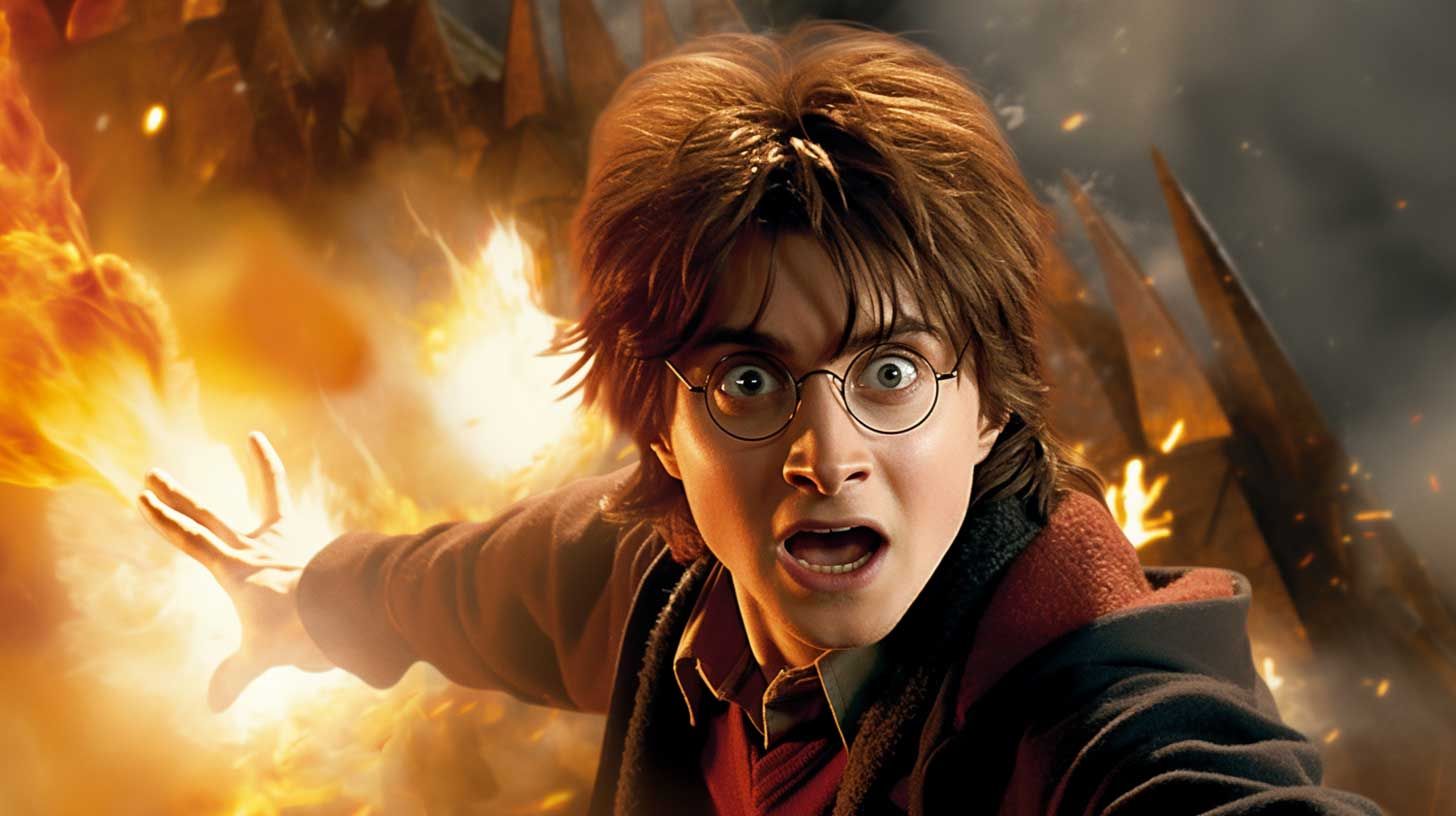


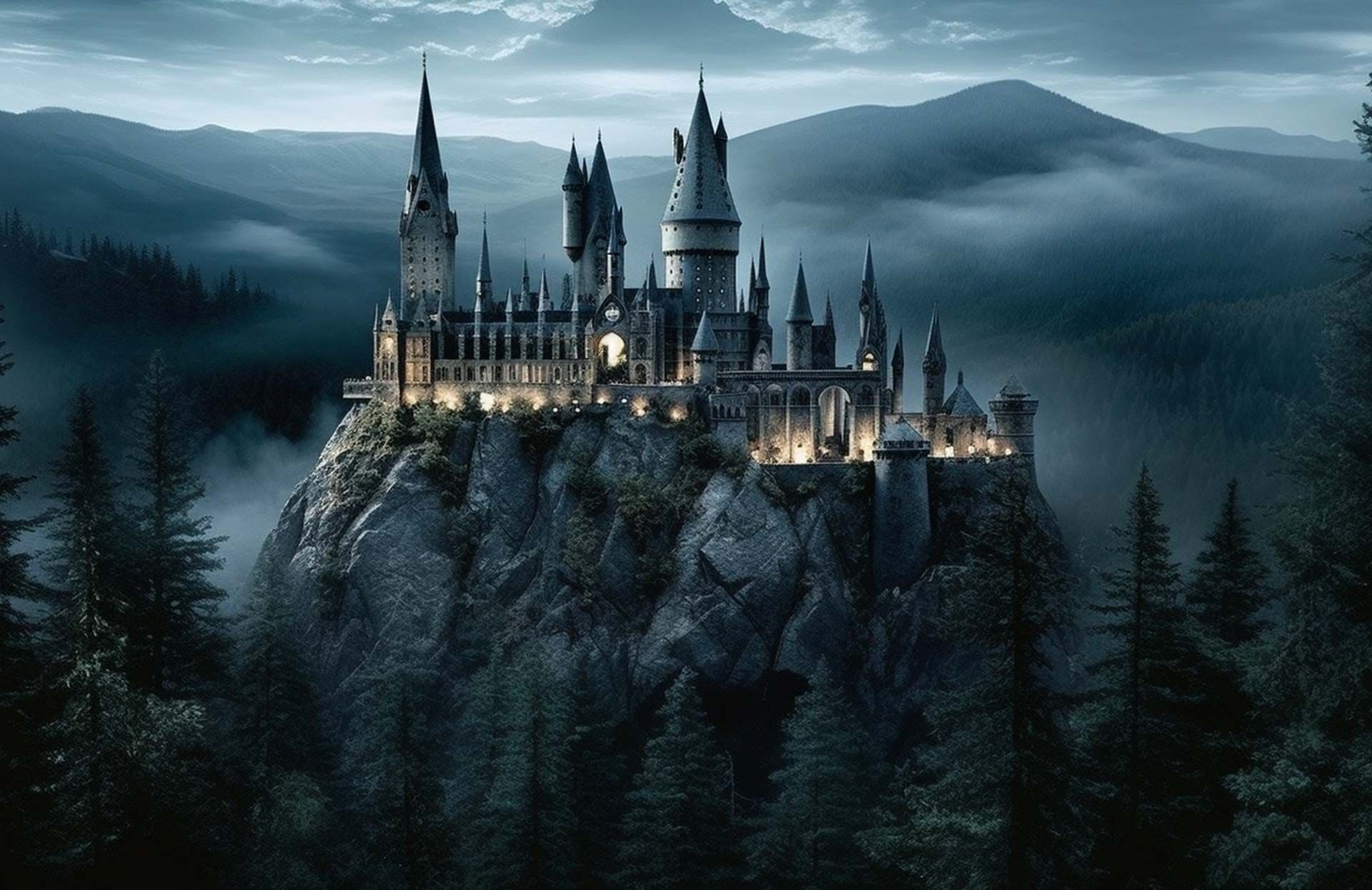















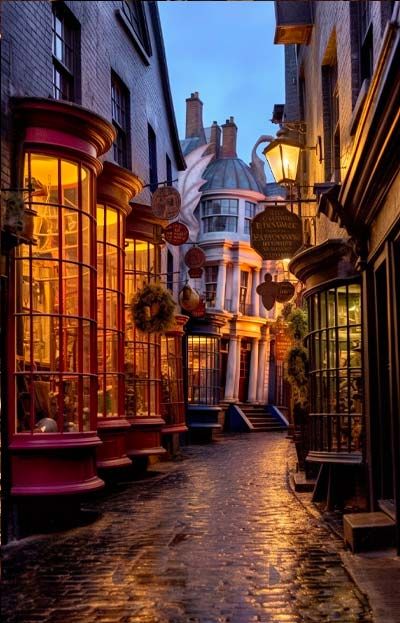

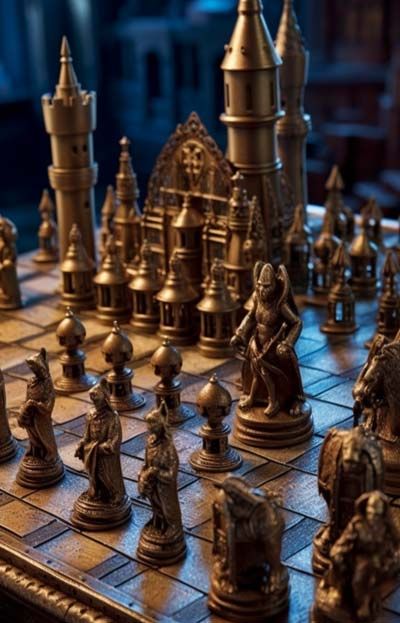

Leave a Reply